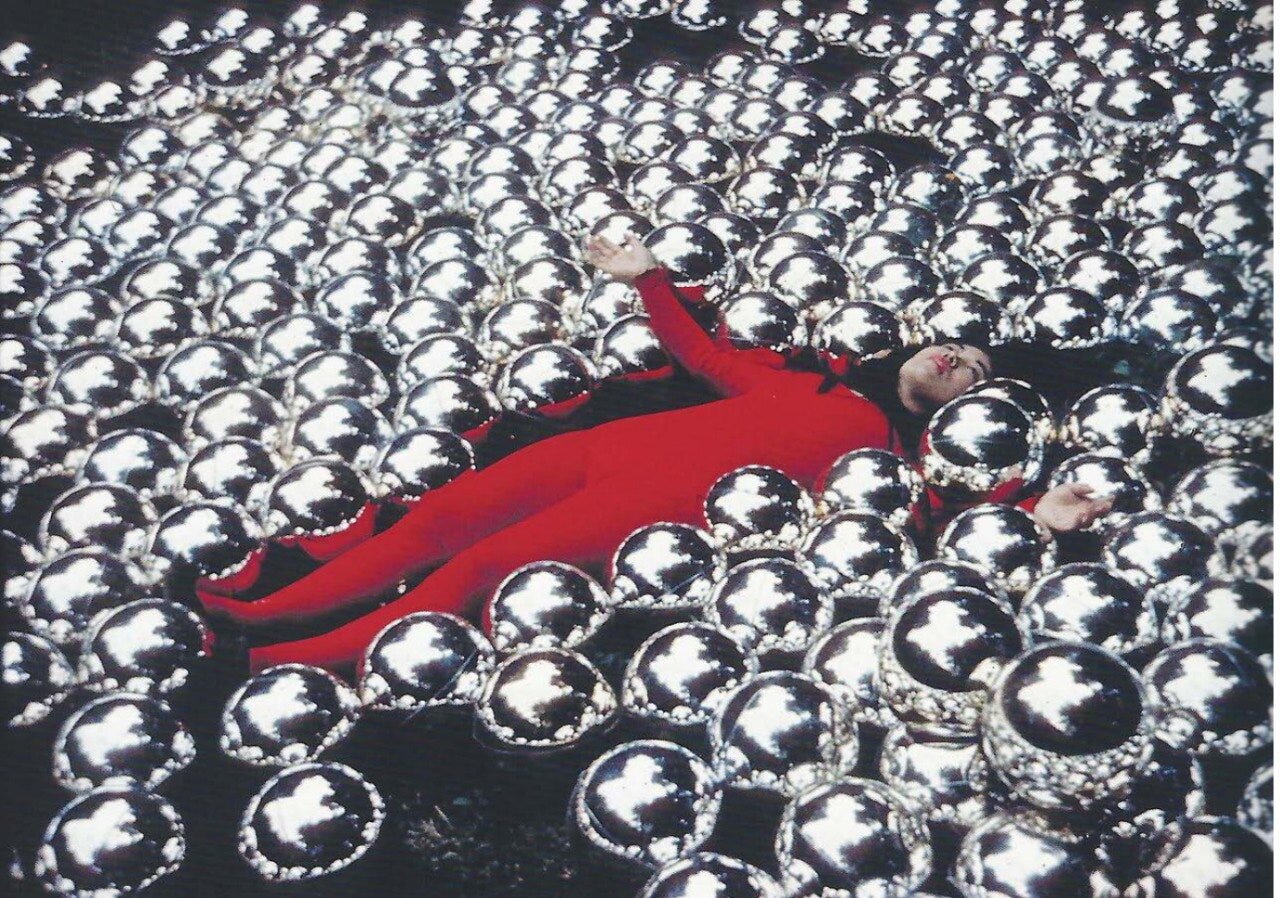The Groove Issue 46 - Why Greek Mythology Is Still Relevant in Business and Art
WHY GREEK MYTHOLOGY IS STILL RELEVANT IN BUSINESS AND ART
If there’s an enduring body of work that has outlasted almost any other form of storytelling, it’s Greek mythology. These myths have transcended space and time: its adaptations have traveled all over the world and have been turned into beloved movie characters, iconic artworks and even multinational companies’ names and logos.
Although more than 3,000 years have passed since these stories were crafted, there’s a reason we still keep them alive today.
Look for Matching Values and Compelling Storylines
Titian painted the myth of Bacchus and Ariadne in 1522–23. Set on the island of Naxos, Ariadne was deserted by her lover Theseus, whose ship sails away to the far left. She is then discovered on the shore by Bacchus, the god of wine.
You may be wondering: why should I care about Greek mythology? How does that help me in my business or career?
When you look closely at many of the Greek myths, you also see their intent on setting values through storytelling: like Hercules being the protector of the weak or the cautionary tale of Narcissus, who fell in love with himself and couldn’t stop staring at his reflection on the pond, eventually dying in the same place.
We are all in marketing since we need to consistently differentiate what we do from what others do. Everything in marketing is about positioning and storytelling because it helps turn the mundane into the extraordinary. Greek mythology did that with fantastical creatures and engaging narratives while also mingling gods and humans on the same plane.
One explanation of why these myths continue to be relevant today is because they open a window into the timeless desire that humans have to explain the world around them and the one inside of them: like the battle of good over evil or why we have feelings of love and lust (and what to do and not to do about them).
In this sense, Greek mythology expands both to values and storytelling and as such, with the many hundreds of myths available to us, there’s a wealth of information to be mined for gold, to borrow ideas from and to adapt them to our own.
Do You Need a Concept or a Story?
Pablo Picasso, Minotaur and dead mare in front of a cave facing a young girl in the veil, 1936.
It is not a coincidence that artists, Hollywood people, writers and entrepreneurs keep exploring the Greek myths to find new ideas for their projects.
Titian, the extraordinary Venetian artist of the 1500s, painted Danae, Hercules, Bacchus and Ariadne, among many other mythical narratives. Pablo Picasso spent several years exploring and obsessing over the centaur (half man, half horse) and the minotaur (half man, half bull), mostly in the 1930s and 1940s.
Since 1966 and up until today, Yayoi Kusama delights crowds all over the world with her Narcissus Garden, an installation of hundreds of stainless steel spheres set on the ground or floating on a pond, that entice the audience to gaze at their reflections on the shiny balls. These are just three examples among thousands of artists who have incorporated Greek mythology in their work.
Yayoi Kusama in her Narcissus Garden at the Venice Biennale, Italy, 1966
Wonder Woman, the comic written by William Moulton Marston in 1941, tells the story of Princess Diana of Themyscira, an Amazon-Olympian demigoddess, daughter of Zeus and Queen Hippolyta, who receives superhuman powers as a gift from the Greek gods.
The comic has been turned into so many TV and film adaptations that I lost count of them and the billions of dollars generated since its creation. And I’m not even going to mention all the many other characters and stories that DC Comics, Disney and Marvel have brought to screens, parks and merchandise, all based in Greek Mythology.
Finding Mission Statements and Brand Names
Nike was given its name following that of the Greek goddess of victory, speed and strength, exactly everything that the company aimed for and continues to be. The swoosh logo was also designed to represent something timeless, like being in motion, the wing of a goddess or Greek warriors.
Olympus, one of the most recognized brands in cameras and photographic equipment, was born in Japan in 1919 and named after Mount Olympus in Greece. The founder, Takachicho Seisakusho, wanted his company name to reflect the home of the Greek gods and remind people of the company’s strong aspiration to create high-quality, world-famous products.
If any of this piques your interest, I found this website that has the most comprehensive list of gods, characters, giants, titans, mortals, stories and so much more.
Who knows? Maybe your next project will find its origins in Greek mythology.
Thank you for reading this far. Looking forward to hearing from you anytime.
There are no affiliate links in this email. Everything that I recommend is done freely.



